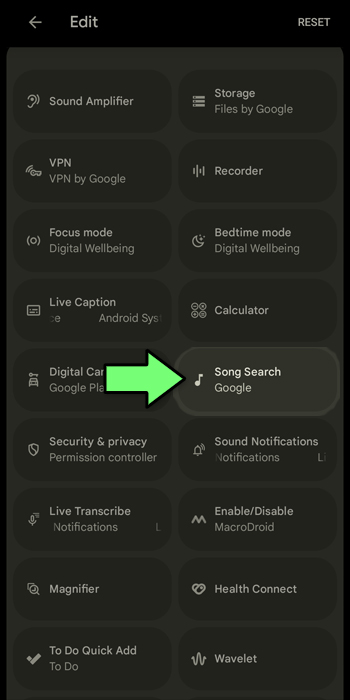

**More Dynamic, More Vivid: The Advancement of Animation in Contemporary Media**
In the continuously changing realm of media, animation has surfaced as a vibrant force, reshaping the manner in which narratives are conveyed and experienced. From its modest origins in the early 20th century to the advanced technology of the present day, animation has become increasingly dynamic and vivid, enchanting viewers worldwide.
**The Historical Origins of Animation**
The path of animation commenced with basic hand-drawn illustrations, animated through meticulous frame-by-frame methods. Trailblazers such as Winsor McCay and Walt Disney paved the way for what would evolve into a groundbreaking art form. Disney’s “Steamboat Willie” brought forth synchronized sound, marking a crucial landmark in the annals of animation. These early animations, despite technological limitations, established the foundation for the colorful and immersive experiences we relish today.
**Technological Developments: Infusing Life into Animation**
The introduction of computer-generated imagery (CGI) in the late 20th century signaled a pivotal moment in animation. Studios like Pixar and DreamWorks tapped into the capabilities of computers to forge lifelike characters and realms, extending the limits of what could be achieved. Movies such as “Toy Story” and “Shrek” highlighted the possibilities of CGI, providing audiences with a more vibrant and immersive experience.
As technology progressed, so did the resources available to animators. Motion capture technology facilitated more genuine character movements, while enhancements in rendering methods permitted the creation of intricately detailed settings. The outcome was a new epoch of animation, where the boundary between reality and fantasy became indistinct, mesmerizing audiences with its vividness.
**The Emergence of Diverse Storytelling**
With the progression of animation technology came a wider array of storytelling opportunities. Animation is no longer restricted to children’s entertainment; it has surfaced as a potent medium for delving into intricate themes and varied narratives. Studios around the globe are employing animation to narrate tales that resonate with viewers of all ages.
Japanese anime, for example, has received international recognition for its proficiency in addressing mature themes with depth and subtlety. Films such as “Spirited Away” and “Your Name” have enchanted global audiences, illustrating the emotional and visual richness that animation can accomplish. Likewise, Western animations like “Spider-Man: Into the Spider-Verse” have challenged stylistic norms, merging comic book aesthetics with advanced animation techniques.
**The Future of Animation: More Dynamic, More Vivid**
As we gaze into the future, the possibilities for animation continue to grow. Virtual reality (VR) and augmented reality (AR) are set to transform how we engage with animated content. These technologies present the potential for completely immersive worlds, where viewers can interact with animated characters and settings in unprecedented manners.
Furthermore, the democratization of animation tools has empowered independent creators to actualize their visions. Platforms like YouTube and TikTok have emerged as hotbeds for innovative animated content, enabling creators to connect with global audiences without the support of major studios.
In conclusion, the realm of animation is more dynamic and vivid than ever before. With each technological leap, animators can stretch the confines of creativity, crafting experiences that are not only visually stunning but also emotionally impactful. As animation continues to progress, it promises to remain a lively and vital component of the media landscape, enchanting audiences with its limitless potential.